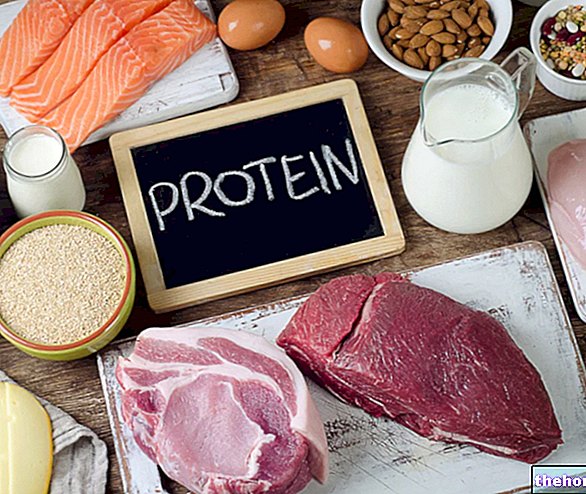The administration of alkaline salts such as citrates and bicarbonates favors the outflow of lactic acid from the muscles to the bloodstream and counteracts muscle and metabolic acidosis.
Muscle and metabolic acidosis can be caused by an unbalanced diet (tendentially hyperproteic and / or hyperlipidic, at the same time low in carbohydrates and mineral salts deriving from vegetables and fruit), especially if combined with high intensity muscular work. In addition to ketone bodies and nitrogen residues, the other molecule that induces a lowering of pH is a catabolite of anaerobic energy mechanisms: lactic acid with its relative hydrogen ions (hydrogen ions); lactic acid can be accumulated in the muscles and partly in the blood (in the form of lactate) as a result of excessive efforts, that is, in excess of the muscular and hepatic disposal capacity.

The biochemical effects of citrate and bicarbonate are:
- Increased glycogenolysis
- Greater outflow of lactic acid
- Reduction of muscle lactacidosis
- Reduction of muscle hydrogen ions
- Increased anaerobic glycolysis
- Increased blood bicarbonate
- Increased blood oxygen uptake
- Increased blood pH
- Reduction of blood acidosis
The PROVEN effects on the physical performance of citrate and bicarbonate are:
- Ergogenic benefit in high intensity aerobic performance
- Reduction of fatigue and improvement of recovery
- Compensation of the fatigue processes detected in high intensity cycling
- Increased effort tolerance by reducing the perception of fatigue
- Ergogenic benefit in the 1,500-meter run
- Increase in the amount of work of the maximal power in the anaerobic repetitions
The experiments on the integration of citrate and bicarbonate in sports are many and the doses used range from 200-300mg / kg for bicarbonate to 500mg of citrate, all diluted in 400ml of water to drink between 90 and 180 minutes before the performance. At lower doses, there was no evidence of ergogenic effects on performance. However, it should be noted that at such dosages the laxative effect is almost guaranteed, so it is advisable to test the integration starting from doses 10 times lower, then gradually increasing them; to improve tolerability it is also possible to divide the ration into several doses, to be taken every 20-30 minutes starting from 3 hours before the competition / training up to an hour before, together with generous quantities of water.
The integration of bicarbonate and citrates is synergistic with that of carnosine (which is the most powerful intra-muscular buffer of lactic acid) and its precursor, beta-alanine. To test the effectiveness of the supplementary protocol it is possible to follow a scheme of this type:
- 2 days of light training
- simulation of the race (cover the distance in the shortest possible time) without hiring the integrator beforehand
- 2 days of light training
- simulation of the race (cover the distance in the shortest possible time) after the supplementation of bicarbonates, citrates and possibly carnosine.
NB. It is advisable to pay attention to the sodium (Na) intake relative to the integration with sodium bicarbonate by virtue of the now known correlations between a diet rich in sodium and the onset of arterial hypertension; furthermore, for those wishing to proceed with the integration of bicarbonate or citrate, we remind you that these molecules also have a certain laxative function. Not surprisingly, the most frequent side effects are diarrhea and abdominal cramps.




























